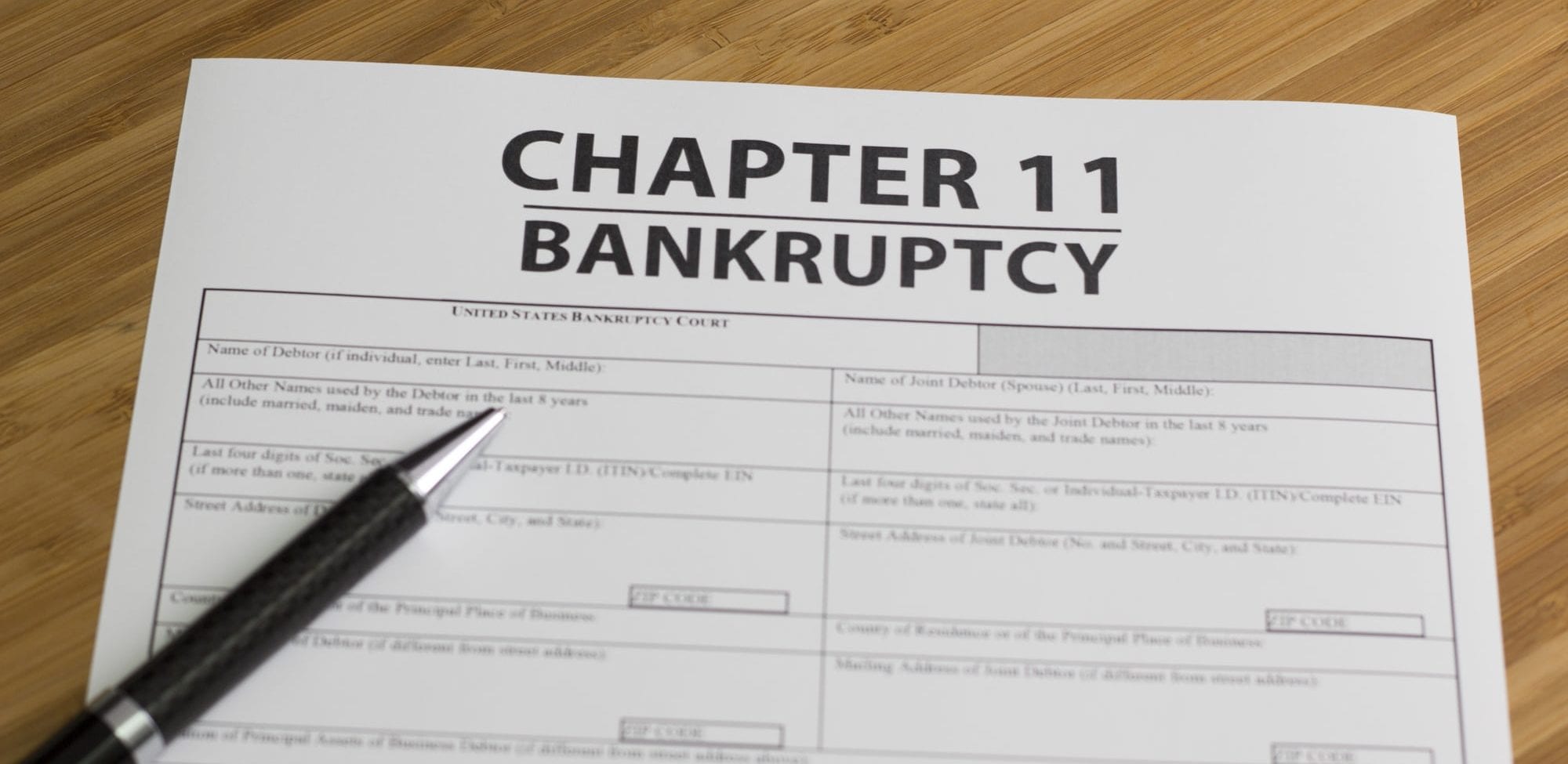Some of the largest and most complex bankruptcies in history have involved major corporations from around the globe. When a massive company files for bankruptcy protection, it can send shockwaves throughout the financial system and broader economy. Understanding the biggest bankruptcies provides insight into how corporations manage risk and financial distress.
Lehman Brothers
The largest bankruptcy filing in history occurred on September 15, 2008 when investment bank Lehman Brothers Holdings Inc. filed for Chapter 11 protection. Lehman had been a major participant in mortgage origination and securitization, but the collapse of the U.S. housing market left the firm holding billions in bad debts. With over $600 billion in assets, Lehman’s was more than twice as large as any filing that had ever occurred. The failure of such a massive and interconnected financial institution intensified the global financial crisis.
Washington Mutual
Washington Mutual, known as WaMu, grew into one of the nation’s largest savings and loan associations over its 119 year history. However, like many other mortgage lenders, it was hit hard by the subprime mortgage crisis. In September 2008, WaMu was seized by regulators and sold off to JPMorgan Chase for $1.9 billion. Just prior to its failure, WaMu had over $300 billion in assets, making it the largest bank failure in U.S. history.
General Motors
General Motors was once the largest and most profitable automaker in the world. But a combination of rising competition, lagging innovation, and pension obligations left the firm struggling financially entering the 21st century. GM filed for Chapter 11 bankruptcy protection in 2009 with $91 billion in assets. Through the bankruptcy process, the company shed significant liabilities and emerged in a stronger financial position.
CIT Group
CIT Group expanded from its roots as a commercial lender into subprime mortgages and student loans. The company ran into severe difficulties during the financial crisis and ultimately filed for Chapter 11 bankruptcy in 2009 with $80 billion in assets. Emerging from bankruptcy less than a month later, CIT Group continued operating its core small business lending operations.
Enron
The energy trading company Enron was renowned for financial innovation prior to its shocking collapse. After years of dubious accounting practices, it was revealed in 2001 that Enron had inflated its profits substantially through shady dealings. The company filed for Chapter 11 bankruptcy that year in what was then the largest such filing in U.S. history at $65 billion in assets. The Enron scandal contributed to the dissolution of its auditing firm Arthur Andersen.
WorldCom
WorldCom grew into a telecommunications giant during the 1990s internet boom in large part through a spree of acquisitions. But in the early 2000s it was discovered that the company had engaged in massive accounting fraud totaling over $11 billion. With about $107 billion in assets, WorldCom’s 2002 Chapter 11 filing was the largest ever at the time. Although the company emerged from bankruptcy, its reputation was tarnished.
Refco
Refco was one of the largest independent futures brokers when an internal audit revealed that its CEO had hidden hundreds of millions in bad debts from investors. The revelation caused the company to swiftly file for bankruptcy in 2005 with $33 billion in assets. The Refco case highlighted ongoing challenges with financial oversight at major Wall Street institutions.
Pacific Gas and Electric (PG&E)
PG&E provides natural gas and electric service to millions of customers across northern and central California. The company filed for Chapter 11 in 2001 as it faced large debts and liabilities from California’s energy crisis. At $36 billion, this ranked among the top 10 largest bankruptcies ever. PG&E emerged from bankruptcy in 2004 after negotiating significant concessions from creditors.
Texaco
For much of the 20th century, Texaco was one of the largest and most powerful oil companies in the world. But in the 1980s it lost a massive legal battle with Pennzoil that resulted in a $10 billion judgement. This forced Texaco to file for Chapter 11 protection in 1987 with $34.9 billion in assets. The company reorganized and emerged from bankruptcy within a few months. But the legal battle ultimately led to its acquisition by Chevron.
Financial distress and bankruptcy remain realities for even the largest corporations. As complex as these massive cases are, the bankruptcy process provides an orderly framework for creditors and companies to allocate losses and restructure to maintain operations. The biggest Chapter 11 filings exemplify the resilience of modern capitalism in times of crisis.







